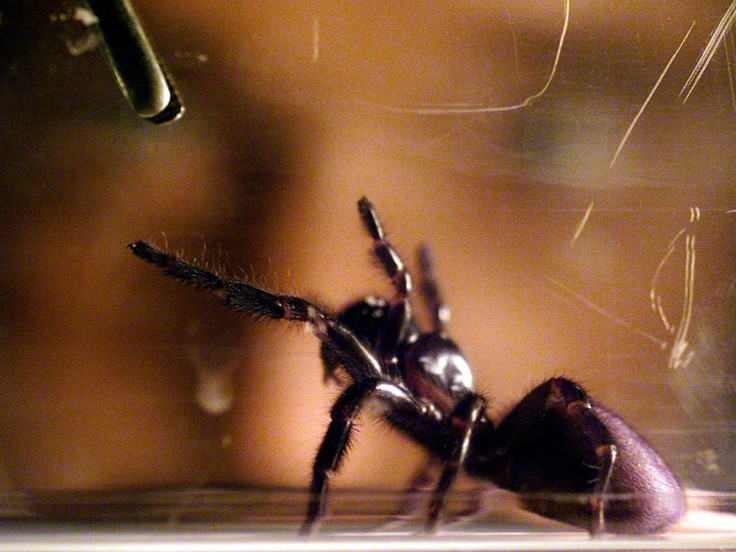Canadian researchers developing super glue using spider web adhesives

Spiderman’s secret may finally be discovered as researchers from the University of Akron and Virginia Polytechnic Institute in Canada are developing super glue made from spider web adhesive.
To do that, they are studying the qualities of tiny droplets of substances from arachnids that the insect space out on intervals while spinning webs, particularly salts and proteins in the substance.. The substance traps bugs, flies, other insects and other edible things that end up as the spider’s next meal.
The glue-like substance gives the spider the luxury of eating right away what was trapped on its web or reserving it for later meals, reports Digitaljournal. One quality that the scientists have observed in the substance is its ability to become stronger in extreme humidity.
That would solve the problem of current glues in the market that peels off when it becomes humid. The best proof of this are Band-Aids that peel off from fingers during humid days. “For some species, the adhesion continues to increase up to 100 per cent relative humidity,” the researchers say in a press release.
It explains why flies and other insects trapped in the web could not escape when the atmosphere becomes more humid.
The researchers shared their study at The Society of Rheology’s 87th Annual Meeting held on Oct 11 to 15 in Baltimore, Maryland. Rheology refers to a branch of physics dealing with the deformation and flow of matter, reports Canadajournal.
Gaurav Amarpuri, a PhD candidate from the University of Akron, explains that to measure the rate that spiders spread the glue droplets, they used high-speed imaging. The team is made up of materials scientists and biologists.
Contact the writer at feedback@ibtimes.come.au or tell us what you think below




















